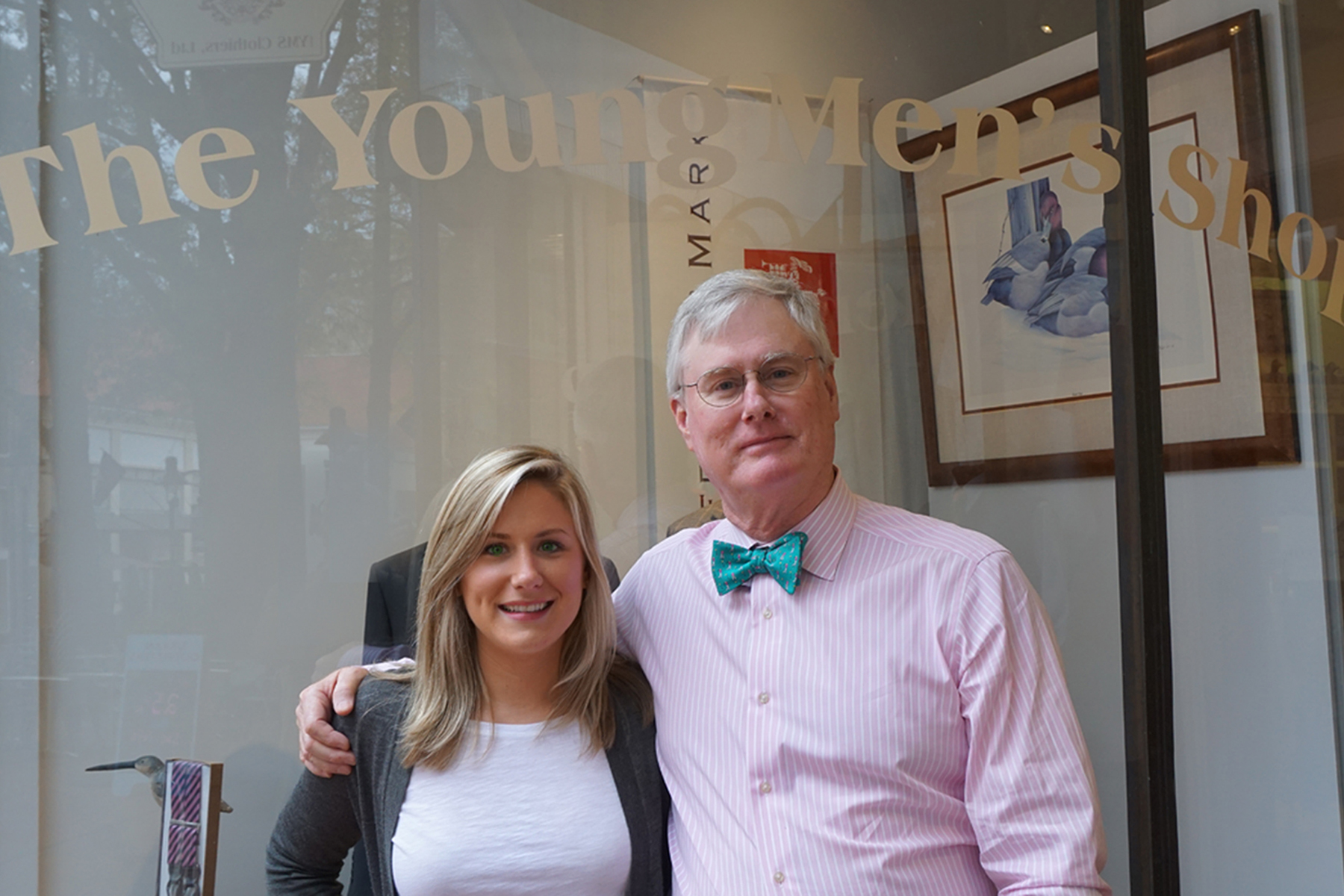
Not-for-profit organizations that are searching for ways to blunt the negative impacts of climate change.Companies that make products with sustainability claims that tout a product’s decreased carbon footprint.“Those companies have to buy carbon credits to accomplish that,” says Perry. Businesses that aim to be carbon neutral that are searching for ways to offset their carbon emissions.

To fund this, Perry says Indigo Ag will looks for potential funding sources including: Indigo Ag is launching Indigo Carbon, a carbon market that will provide the money to farmers to implement soil health practices. It will recognize soil carbon-building achievements by farmers akin to what corn yield contests have done for the National Corn Growers Association, Perry notes. The Carbon Cup will also increase farmer competition and innovation, he says. To increase visibility, Indigo Ag is launching programs like The Terraton Challenge to encourage technological innovation in the soil health and carbon sequestration area. We will then provide the information to other researchers.” “We are collaborating with institutions like the Soil Health Institute and the Rodale Institute,” he says.
#Indigo payments trial
Indigo Ag expects to work with 10,000 farmers in this trial and will track findings for at least 10 years. That’s where the The Terraton Initiative – which Perry describes as the world’s largest atmospheric carbon sequestration experiment – comes in.
#Indigo payments how to
“There is no reliable source of information in how to plant a cover crop, where do we plant them, how do we terminate them, and where we need to invest in new equipment,” he says. Perry acknowledges many questions remain regarding soil health practices. Reducing commercial inputs like herbicides and fertilizers can help preserve beneficial soil life that helps build soil carbon “A variety of crops in the soil can help build soil carbon,” he says. “So, not tilling it keeps it in the soil.” “When the soil is plowed, carbon is released into the atmosphere,” says Perry. Grazing and manure deposited by livestock can help build soil carbon.

Besides protecting the soil from erosion, cover crops can enhance soil microbial populations and build soil carbon as they decay. He says five practices proven to sequester carbon and enrich soils include: You don’t actually have to be a believer in climate change to think that changing your practices can improve soil health, and that getting paid for it as a good idea.” Then we talk about compensating farmers for practices that sequester carbon, which tends to change the conversation. Then we talk about (the benefits of) capturing carbon dioxide and putting it in the soil, which is also a scientific fact. “We talk a lot about (the increase in atmospheric) carbon dioxide because that is a scientific fact. “We try to make it nonpartisan, nonpolitical,” says Perry. Perry acknowledges the resistance toward climate change in the farming community. “The stress that puts on producers with fewer workable field days is tremendous,” he says. Workable field days in April through mid-May decreased 3.5 days in 1995 to 2010, compared with a 1979-to-1994 time frame. Jerry Hatfield, director of the USDA-ARS (Agricultural Research Service) National Laboratory for Agriculture and the Environment at Ames, Iowa, examined central Iowa spring precipitation over two time frames. More than 90% of the 173 scientists and climatologists surveyed said they believed climate change was occurring, with more than 50% attributing climate change primarily to human activities. An additional 30% said they believed climate change was due to a combination of human activities and natural causes.Ĭlimate change or not, farmers are enduring weather extremes that are impacting the way they farm. The scientific consensus, though, did not agree. Many farmers are skeptical of manmade climate change: 67% of 4,778 corn producers surveyed in a 2014 Purdue University study said they believed climate change was occurring, but only 8% pinpointed human activities as the main cause. One-quarter of surveyed producers said they believed climate change was caused mostly by natural shifts in the environment, and 31% said there was not enough evidence to determine whether climate change was happening or not. The size of the potential solution is equivalent to the size of the problem.” “If we took every cultivated acre on Earth and increased the carbon (content) from 1% to 3%, that also is 1 trillion tons of carbon dioxide. “Prior to land being cultivated for crops over 3.6 billion acres, soils on average contained 3% carbon. Perry says soils farmed in a regenerative manner can help sequester this carbon dioxide.

Markets Analysis Back to Markets Analysis.


 0 kommentar(er)
0 kommentar(er)
